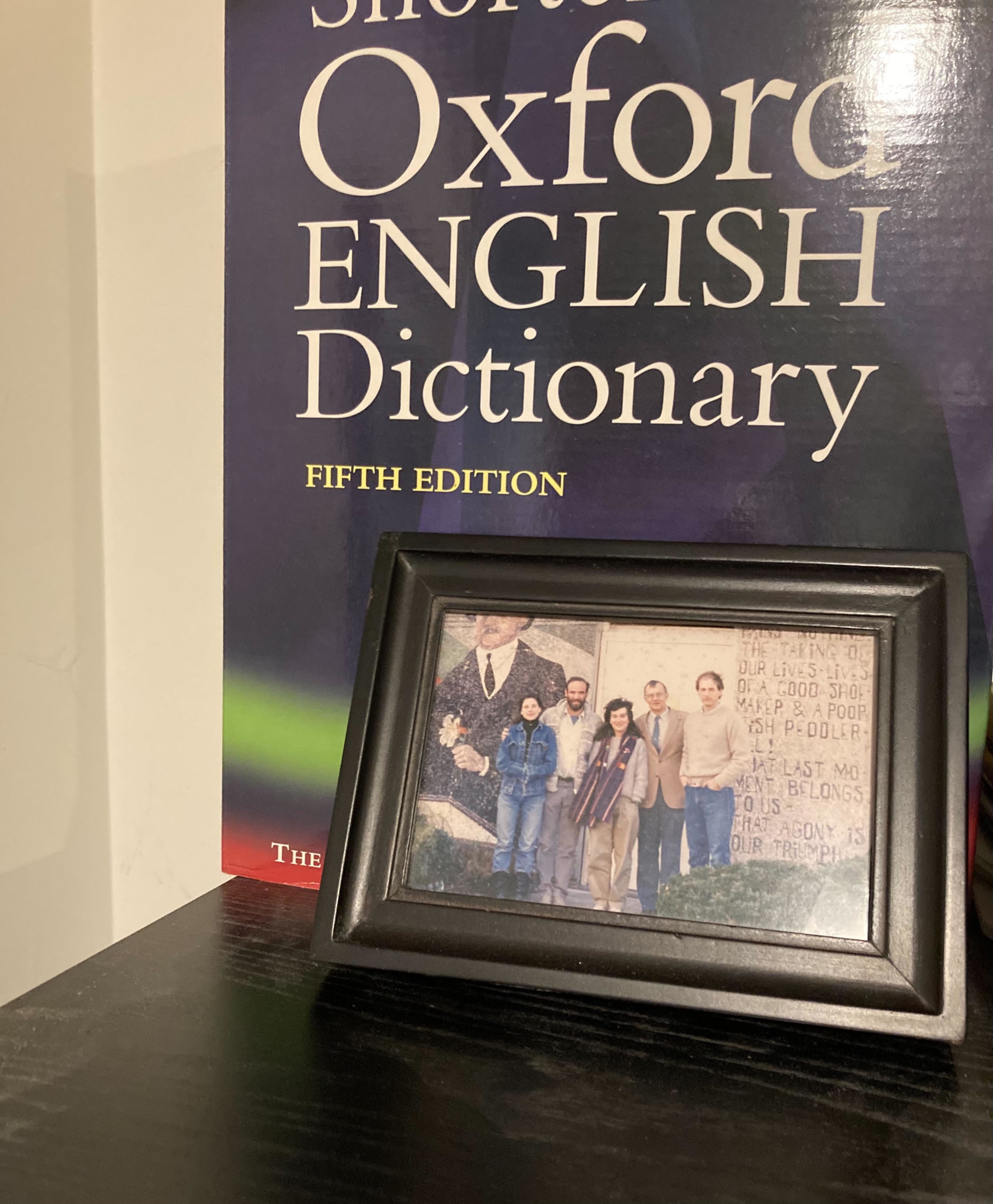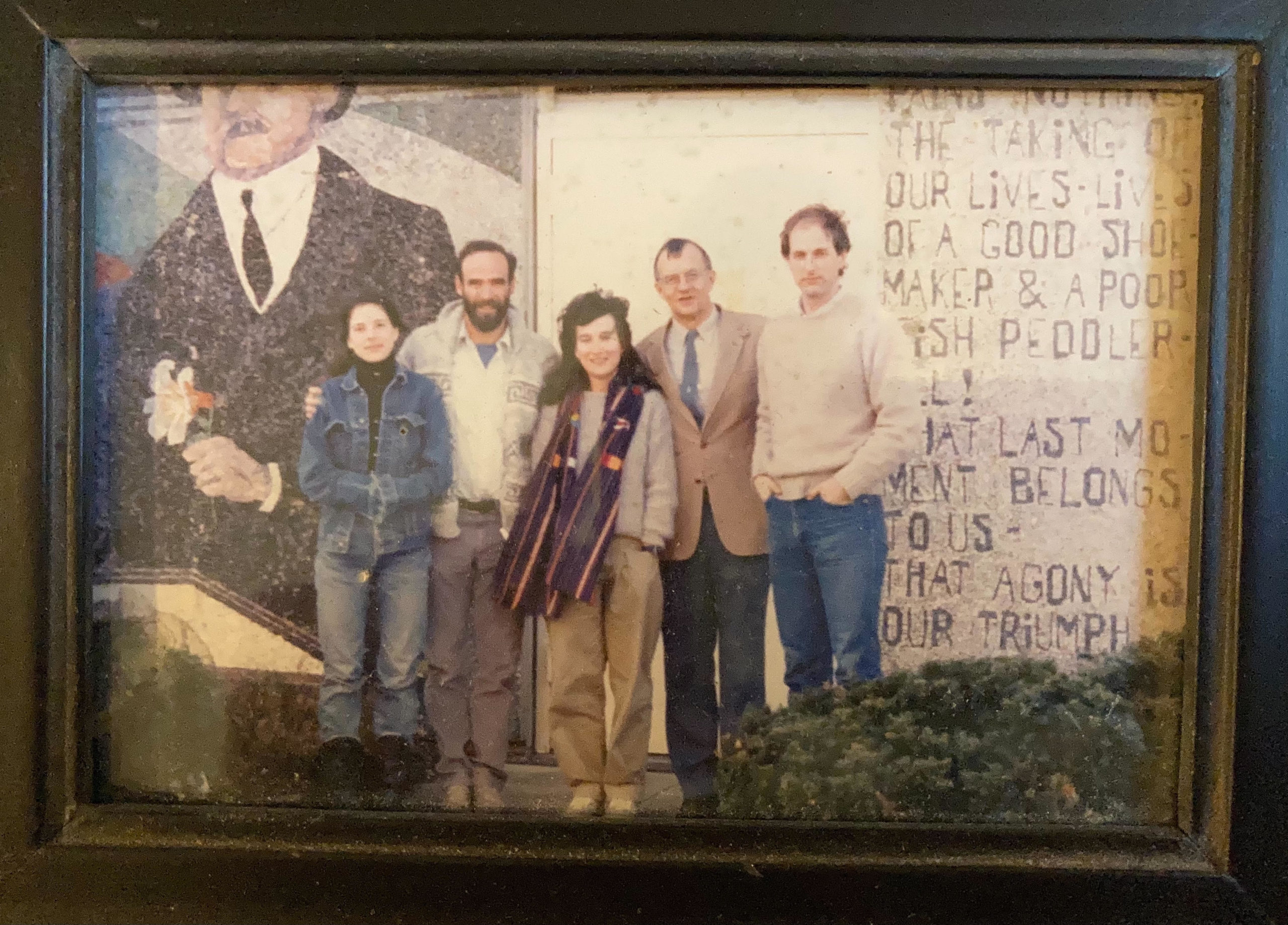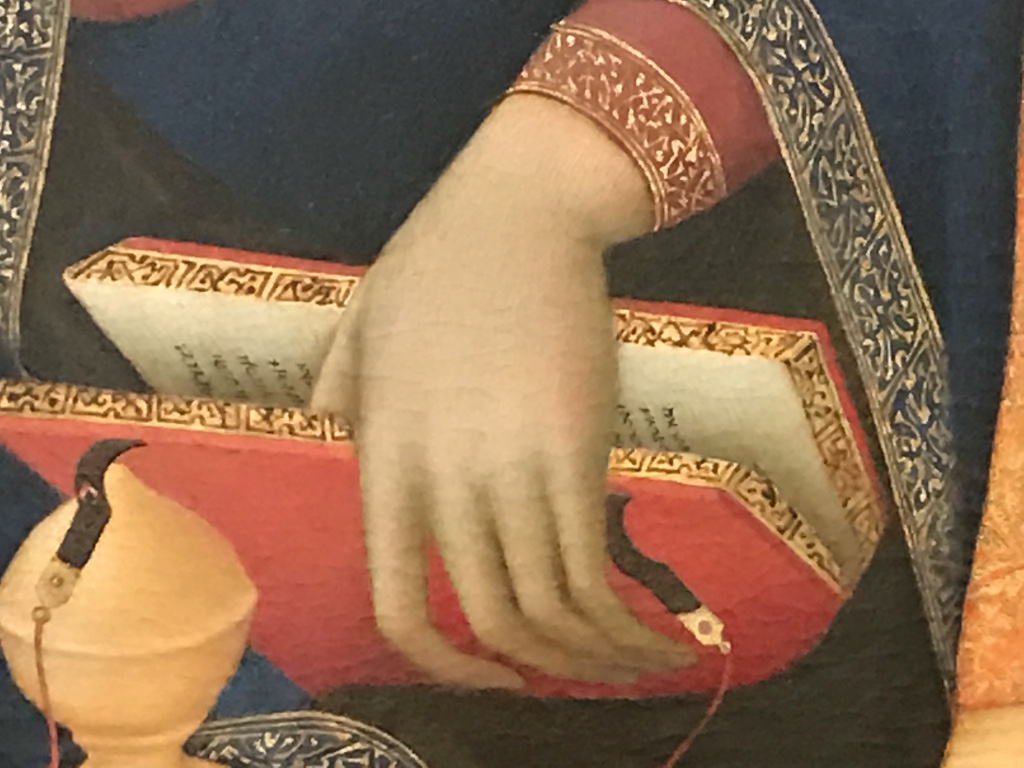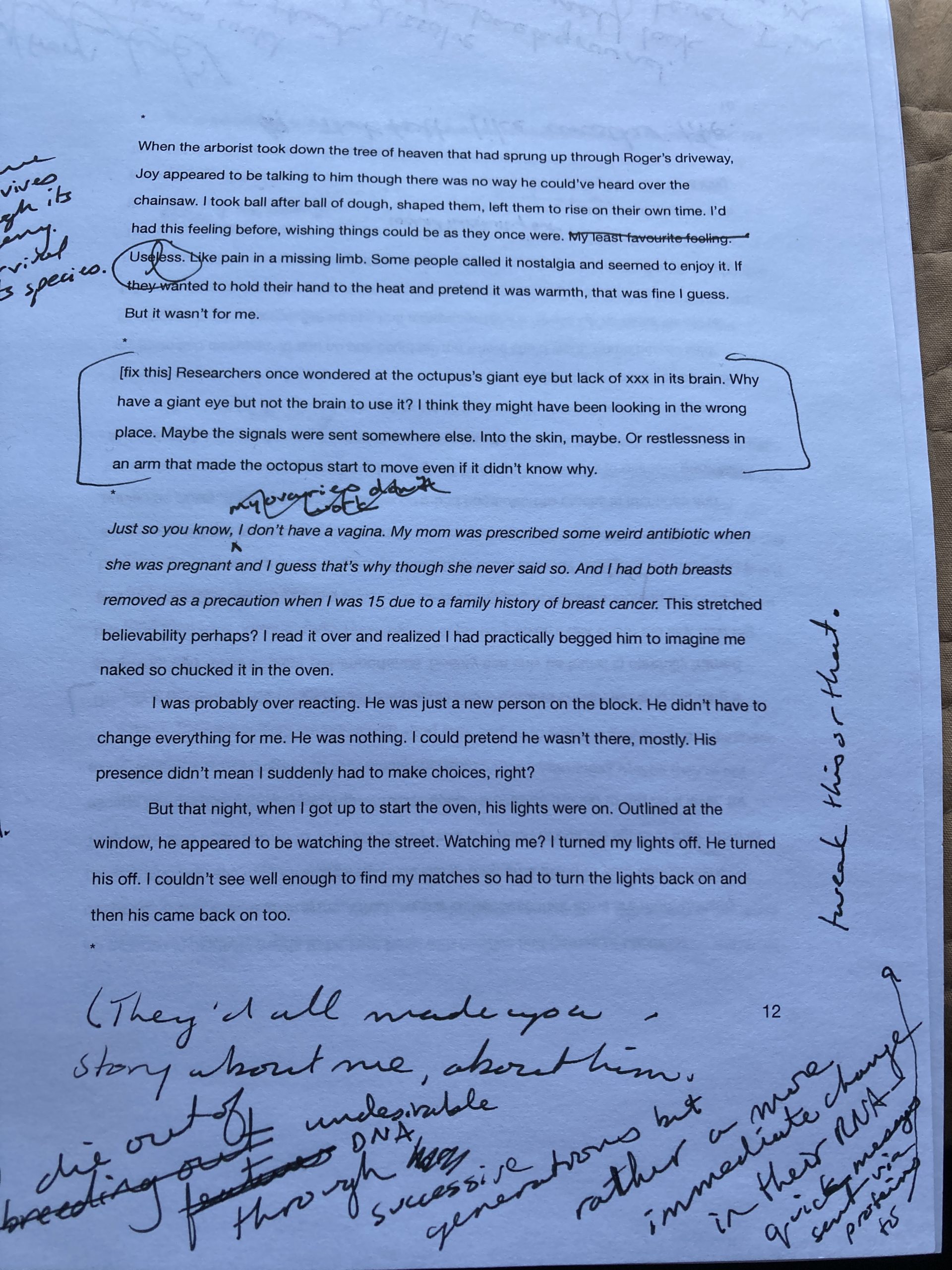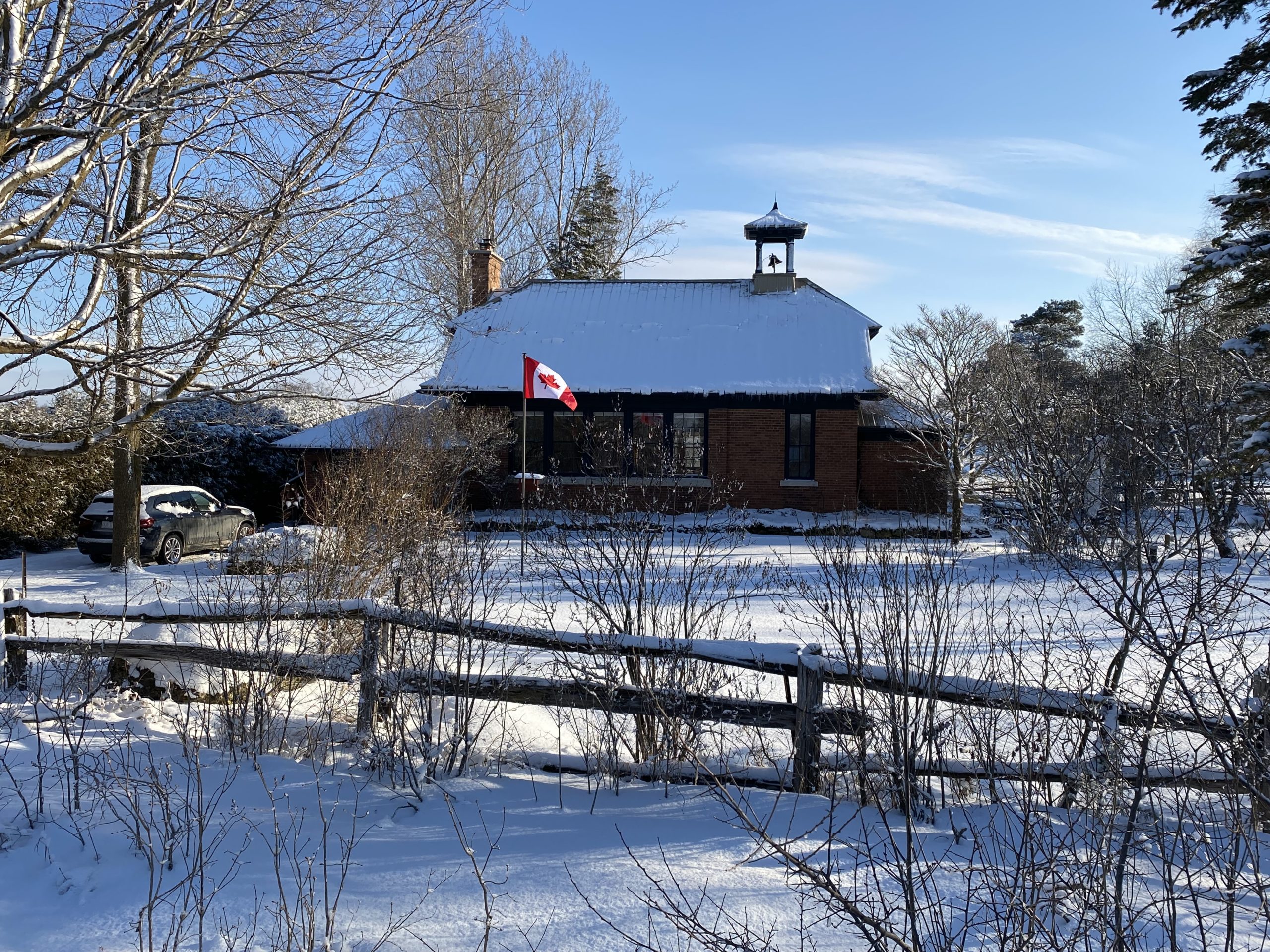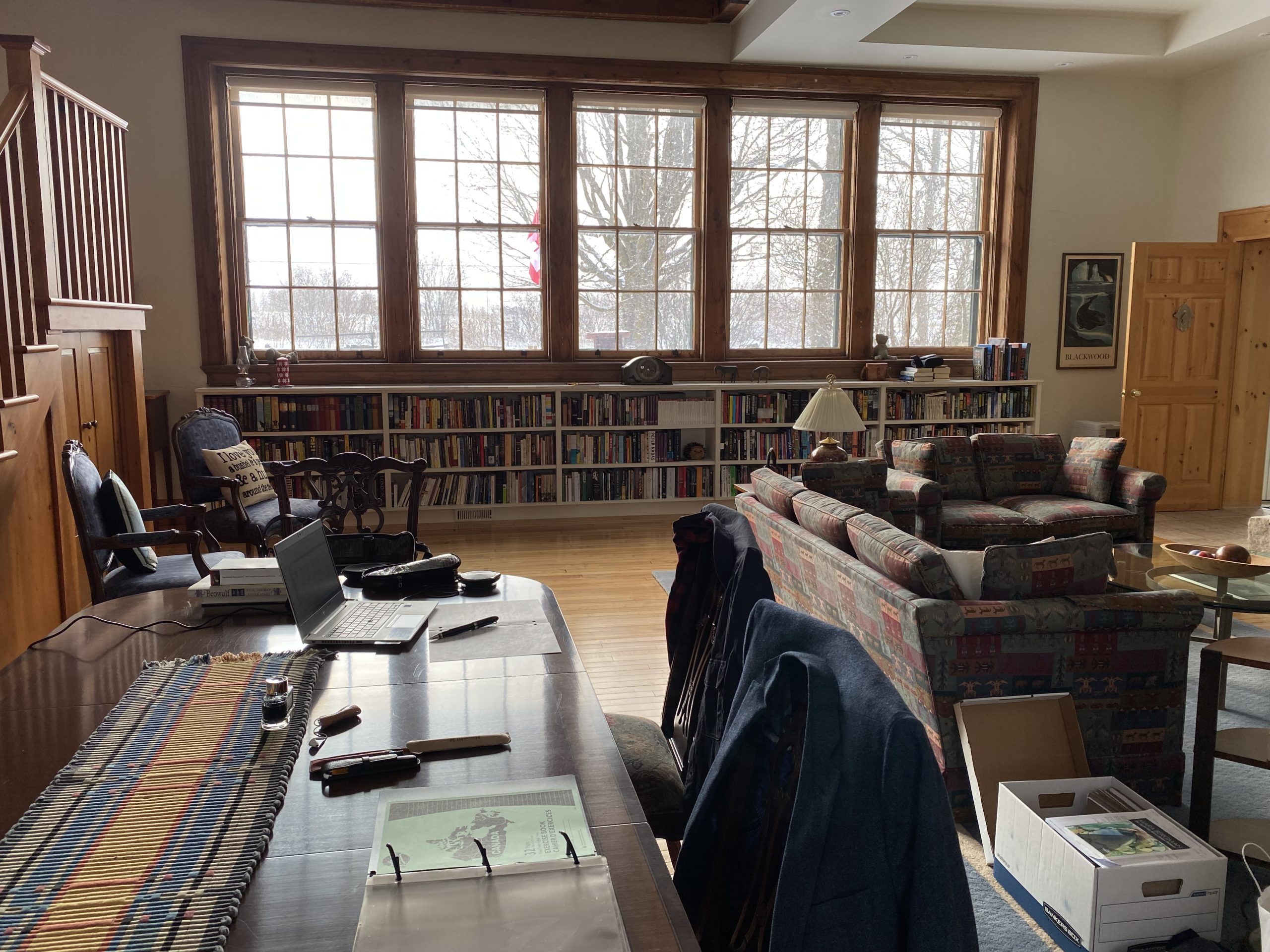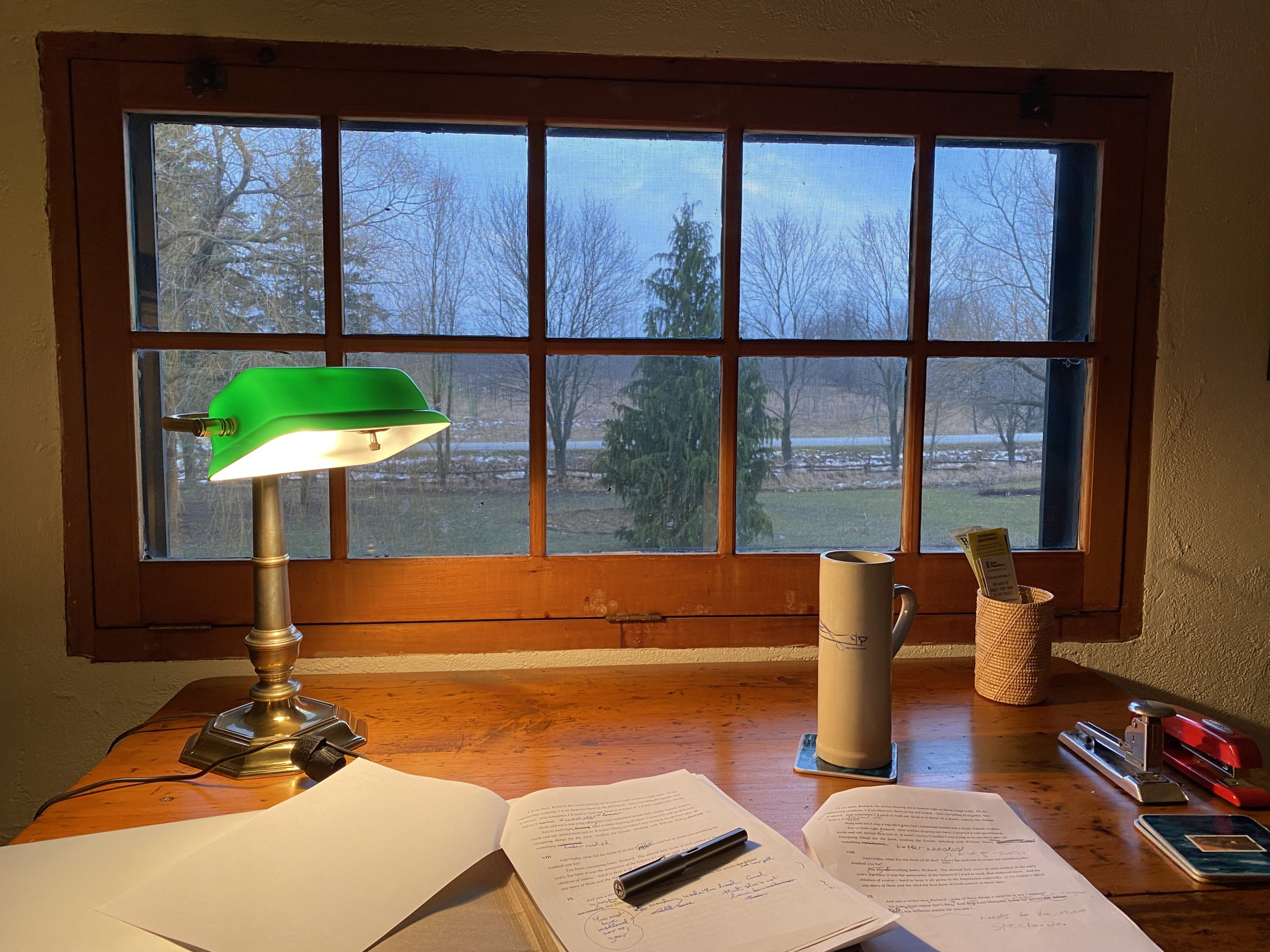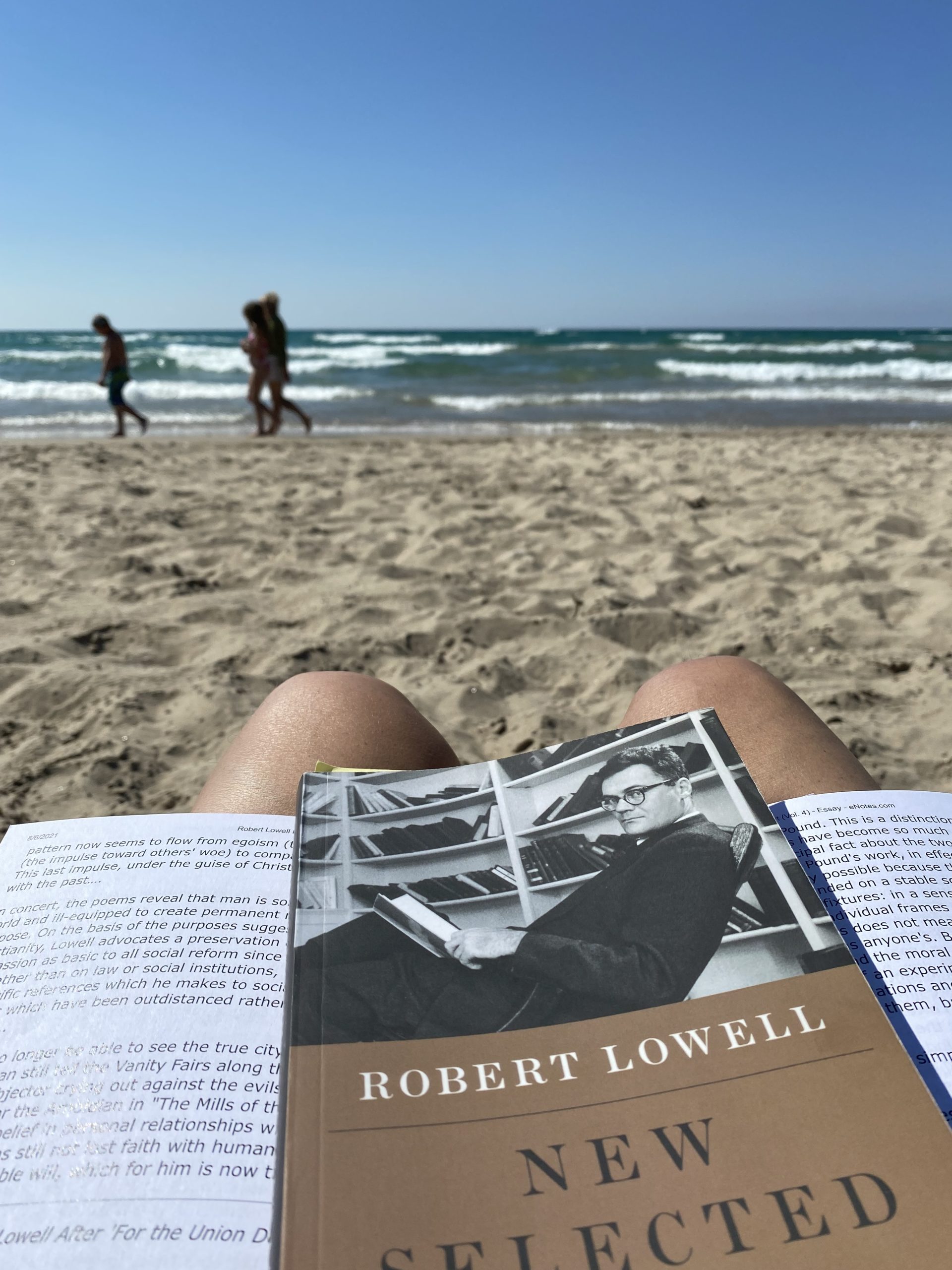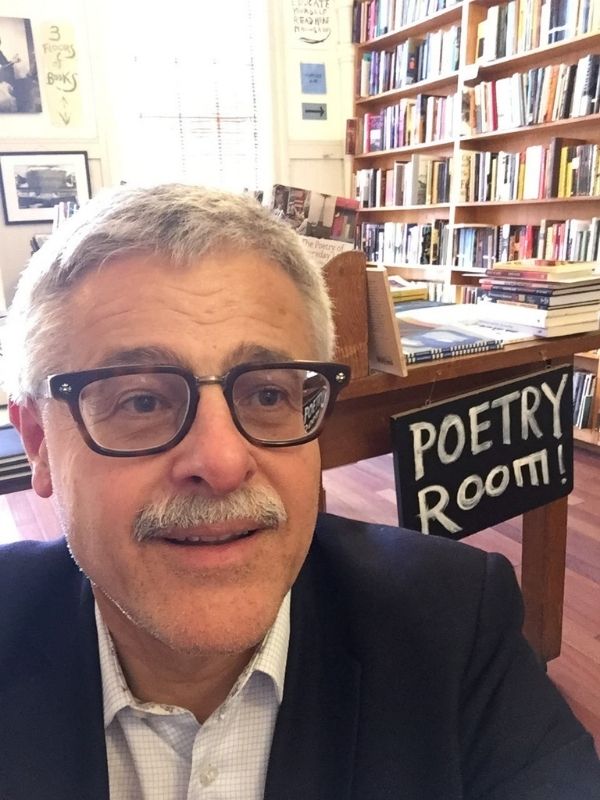What’s Grace Lau Reading?
I just finished reading Angela Davis’ Freedom is a Constant Struggle, which was just an incredible read.
To be honest, I picked it up because of the current white supremacist occupation in Ottawa and blatant complicity of the Canadian police forces. The book’s subject seemed timely.
I’d read Mercedes Eng’s poetry collection, Prison Industrial Complex Explodes, previously, but I felt like I needed to better understand the concept and history of the abolition movement—and Angela Davis does a wonderful job of laying the groundwork.
Even though she’s a scholar and an academic, Angela Davis writes in such a way that even someone like me, who knew very little, could grasp these ideas and not feel intimidated, because abolition really is a big, big subject. Even so, I definitely want to (and need to!) re-read this a few times.
“Even though she’s a scholar and an academic, Angela Davis writes in such a way that even someone like me, who knew very little, could grasp these ideas and not feel intimidated,..”
I did a lot of reflecting afterward on things that I’ve always just accepted or taken for granted. Why are prisons featured in so many TV shows and movies? What is the purpose of the police and what do they actually achieve? My partner has taken to (lovingly) calling me a “commie.”
For anyone who’s living in the Ottawa area (and beyond), if you’re curious about policing and abolition, I’d highly recommend both Freedom is a Constant Struggle and Prison Industrial Complex Explodes. They’re a great introduction to imagining a future that has alternative solutions to policing as we know it today. The next step after reading these, for me, is to find other writings that go into more detail and specific examples of how cultures and countries outside North America have evolved their approaches to policing.

Grace is a Hong-Kong-born, Chinese Canadian writer raised in Vancouver and currently living in Toronto. She enjoys Harry Styles’ fashion choices, swaying to music, and sushi. Find her on social media @thrillandgrace.
Photo by Tingey Injury Law Firm on Unsplash

